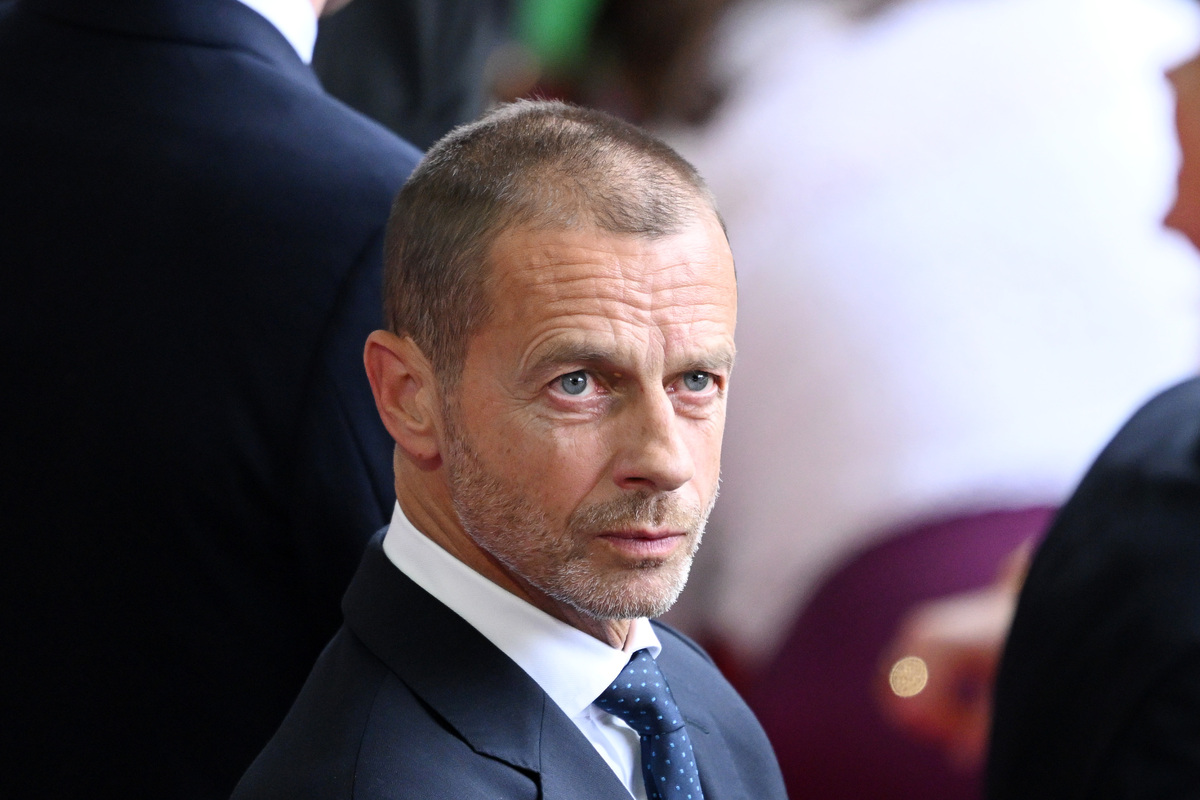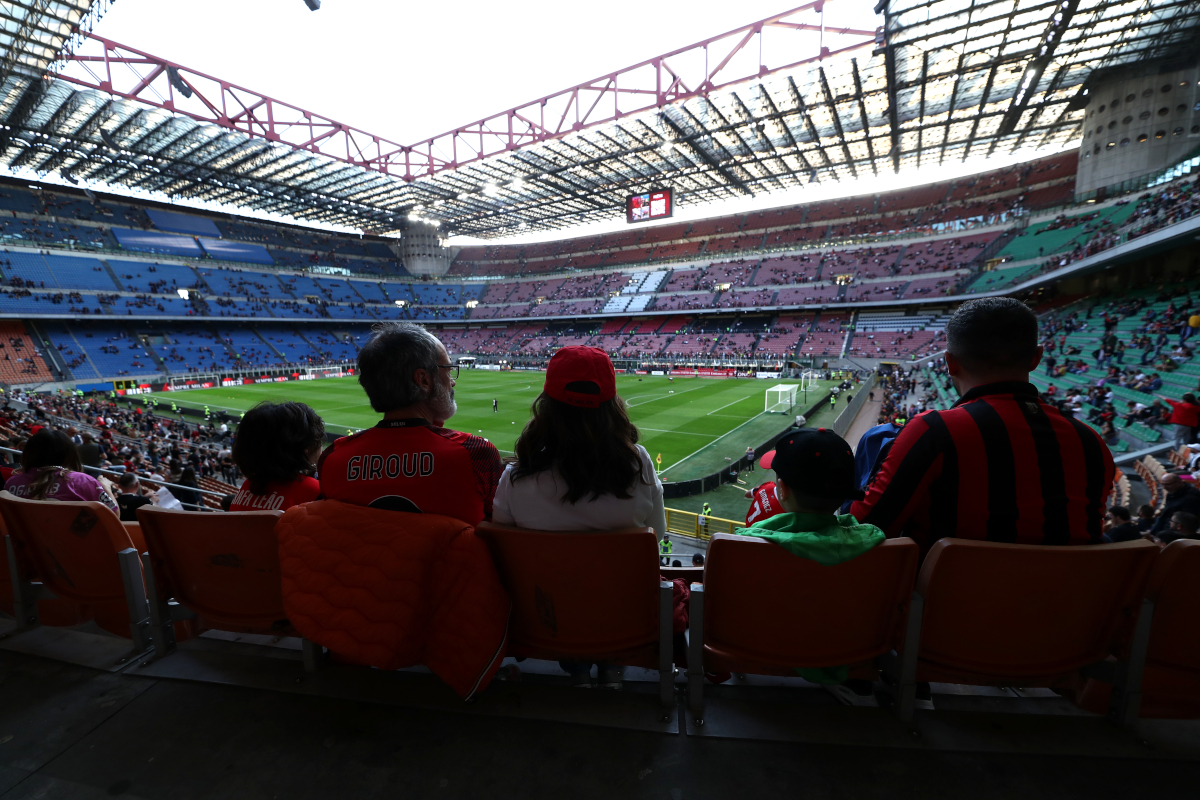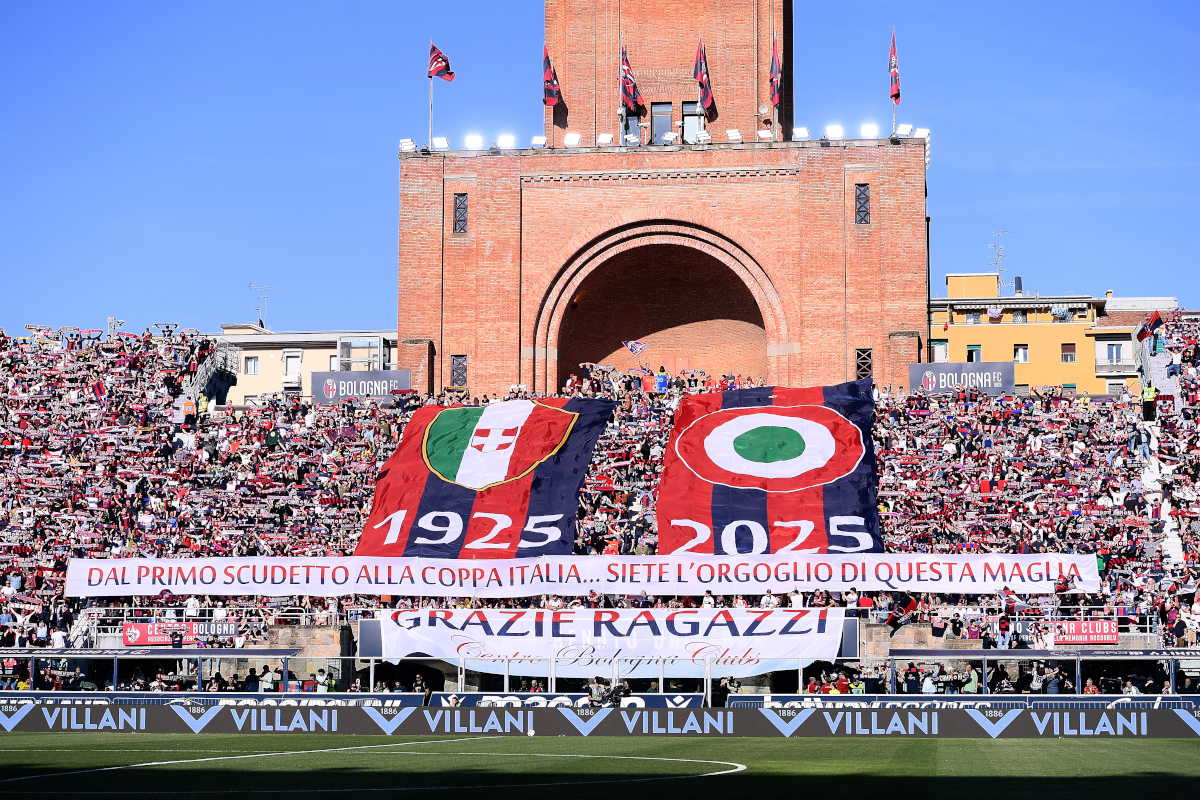The recent decision to strip Milan`s iconic Stadio Meazza, famously known as San Siro, of its Champions League Final hosting rights sent ripples of concern through Italy. For a nation that has etched its name into footballing immortality with four World Cups and countless European triumphs, this was more than just a logistical setback; it was a glaring indictment. While the news might have shocked many, one figure remained decidedly unsurprised: UEFA President Aleksander Ceferin.
The Stark Reality: “Worst Infrastructure in Europe”
Ceferin`s assessment, delivered with characteristic bluntness, cuts deep into the heart of Italian football`s current predicament. He minced no words, labeling Italy`s football infrastructure as “by far the worst” among all major European footballing nations. This isn`t merely a matter of aesthetics; it`s a fundamental issue impacting the sport`s commercial viability, fan experience, and competitive standing.
The contrast, Ceferin highlighted, is stark. While countries like Spain, England, and Germany boast modern, revenue-generating arenas, Italy`s venues often stand as relics of a bygone era. Even smaller nations, such as Albania, have managed to outpace Italy in stadium modernization. It`s a curious irony for a country so synonymous with architectural grandeur to find its football cathedrals in such a state of disrepair. Perhaps the `eternal city` concept has been taken a touch too literally when it comes to concrete and steel.

A Legacy Undermined by Neglect
The average age of stadiums in Italy`s top flight, Serie A, stands at a staggering 60 years. To put that into perspective, many of these structures predate the moon landing and have witnessed generations of footballing legends grace their pitches. While history certainly holds its charm, crumbling concrete, outdated facilities, and limited amenities do not. This isn`t just about comfortable seats; it`s about the entire ecosystem of modern football: hospitality, digital integration, accessibility, and year-round utilization for events beyond matchdays.
The financial ramifications are equally concerning. Italian clubs reportedly generate 40% less matchday revenue compared to their Premier League counterparts. This isn`t a minor discrepancy; it`s a colossal hole in their balance sheets. Modern venues are revenue powerhouses, offering premium seating, corporate boxes, and diverse commercial opportunities. Without these, Italian clubs find themselves caught in a vicious cycle: they lack the funds for stadium improvements because their facilities are outdated, and they cannot boost revenue without modernizing those very facilities. It`s a catch-22 that threatens to permanently push Italian football into Europe`s second tier, regardless of the talent on the pitch.

The Urgent Call for Action: Euro 2032 on the Horizon
Ceferin`s criticism isn`t just a lament; it`s an urgent call to arms. With Italy set to co-host UEFA Euro 2032 alongside Turkey, the clock is ticking. The UEFA President pointed out that while Turkey has erected 13 new stadiums in recent years, Italy has only one venue, the Allianz Stadium in Turin, that meets modern standards. The deadline for opening various construction sites is April-May 2027, with the explicit threat of assignment revocation looming large.
The solution, as Ceferin articulates, requires a collaborative effort: “The clubs need help from the government; they need help from municipalities and private investors.” Italian Sports Minister Andrea Abodi has acknowledged the urgency, indicating plans to appoint a special commissioner to streamline stadium projects totaling an estimated €5 billion. This role aims to cut through the bureaucratic red tape that has historically stymied development. The challenge, however, lies not just in recognizing the problem but in the decisive and swift execution of these ambitious plans.

Rebuilding the Foundation of a Footballing Giant
Italy`s football legacy is monumental, a tapestry woven with iconic moments, legendary players, and tactical mastery. Yet, this rich history now faces a challenge from within: the physical infrastructure that houses its beloved sport. The stark contrast between the on-field glory and the off-field decay is a narrative that must change.
The gap in commercial and stadium revenue, where Italian clubs earn significantly less than their German counterparts despite similar economic landscapes, underscores the competitive disadvantage. While other European giants reinvest stadium earnings into player acquisition and youth development, Italian clubs often struggle to keep pace. This isn`t merely about hosting prestigious tournaments; it`s about the long-term health and competitiveness of Italian football itself.
The ball, quite literally, is in Italy`s court. Ceferin`s damning assessment serves as a critical mirror, reflecting a reality that can no longer be ignored. For a nation that cherishes its football as deeply as its art and cuisine, the task at hand is clear: turn this stinging criticism into a catalyst for change. The future of Italian football, its ability to attract top talent, engage fans, and compete on the global stage, depends on its willingness to not just admire its past, but to invest vigorously in its future foundations.









